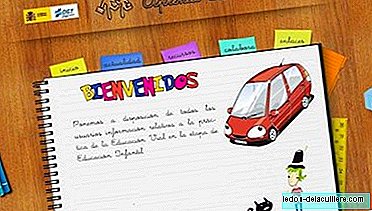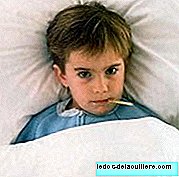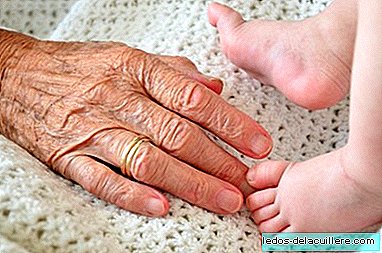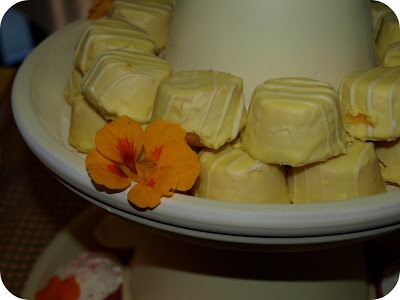Placentophagy, or eating the placenta after childbirth, is a practice that has become fashionable in recent years, promoted in part by some famous women after giving birth to their babies. Celebrities like Kim Kardashian, Alicia Silverstone, Jennifer Lopez and recently the Spanish model Sheila Márquez confessed to having ingested a piece of her placenta after childbirth and they talk about the benefits of this practice to increase energy, promote milk production and avoid postpartum depression , among others.
Due to the rise of this practice, science has wanted to investigate a little more about placentophagy and after a review of studies it has been shown that there is no scientific evidence to support that eating or drinking the placenta after delivery is beneficial for the mother or the baby ... And add more, it could be dangerous.
Eat the placenta, where does it come from?
The placenta is a very important organ during pregnancy. It is a temporary organ that is created specifically to fulfill a specific and vital function for pregnancy: that of delivering nutrients and oxygen to the baby.
Once the baby exits the maternal uterus, the birth also happens, which is the exit of the placenta. Having fulfilled its function, it is usually discarded most of the time, except in the birth lotus (in which the placenta is attached to the baby until it comes off naturally), when the parents decide to keep it and then bury it or perform a ritual with she, or as usual, to eat it cooked or raw, encapsulate it or drink it in a smoothie.
One of the most common arguments among advocates of placentophagy is that mammals eat the placenta of their young after birth. But the reason they do it is survival behavior. They do it mainly for not leave traces to predators that there is a new defenseless breeding, a function that makes no sense among humans today.

The supposed benefits of eating the placenta
Benefits are attributed due to its high content of iron and vitamins, especially K, which is involved in the contraction of the uterine muscle and is a powerful anti-hemorrhagic. It is also considered a hormone regulator and because of this, as a protector against postpartum depression. Because of these supposed virtues, the tendency to cook human placenta to ingest it, drink it or encapsulate it after childbirth arose, and thus benefit from its properties.
What does science say about placentophagy?
But nevertheless, there are no studies or scientific articles that prove that eating the placenta has positive effects on the human organism. All of these supposed benefits have been ruined by the Northwestern Medicine Center of Chicago, which conducted a review of ten recent studies (six in animals and four in humans) on placentophagy.
The results they did not throw any data to support the claims common that eating placenta, either raw, cooked or encapsulated, offers protection against postpartum depression, reduces postpartum pain, increases energy, helps with breastfeeding, promotes skin elasticity, improves maternal union or replenishes iron in the body.
According to Dr. Crystal Clark, one of the authors of the study published in Archives of Women's Mental Health:
A review of studies found no data to show that there are benefits to eating the placenta."There are a lot of subjective reports of women who have perceived benefits, but there is no systematic research on the benefits or risks of ingesting the placenta."
"There are no data to support claims that placentophagy helps improve breastfeeding, facilitate uterine contraction or modulate hormone levels (ie, prolactin, estrogen, progesterone, oxytocin) in humans."

Eating the placenta could be dangerous
More worrying is even the possibility of risks associated with placentophagy. "The most worrying thing is that there are also no studies examining the potential risks of ingesting placenta," experts say, who also warn that the placenta is not sterile and may contain viruses and bacteria.
Precisely, last year the Centers for Disease Control and Prevention (CDC) warned about the risks of this practice when publishing a report on a baby who got sick because her mother had taken pills that contained her own dehydrated placenta.
After birth, the baby had respiratory problems, and when he was tested, he was detected with a blood infection caused by group B strep, a bacterium that can be fatal to a newborn. The boy was treated with antibiotics and released. Days later he was admitted again because he did not improve and that was when they discovered that the mother had consumed pills with her placenta (two capsules, three times a day).
By analyzing them, they found in them the same bacteria that had infected the baby transmitted through breast milk.
Thus, the CDC recommends not ingesting the placenta after delivery, since there are no standards for processing the placenta for consumption and the process of dehydrating it and converting it into pills does not eliminate infectious pathogens.












